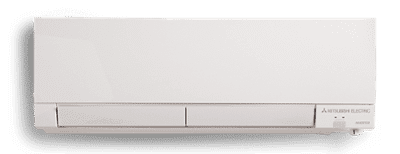What Will Mitsubishi Ductless/Mini-Splits Add For Me?
We feel that ductless HVAC is the rescuer of the twenty-first century. In addition to the lower energy costs associated with owning a ductless mini split, you can:
- Heat or cool that room or addition whose temperature is never optimal.
- Get rid of that cumbersome window unit that is loud, inefficient, and hinders your view of the outdoors.
- Modernize your older or historic property without altering its outside look.
Introducing HYPER HEATING – Inquire with Us!
Save up to 75% on Heating & Cooling
Save up to 75% on Heating & Cooling – Clean Heating & Cooling
Season after season, Adirondack Heat Pumps provides you with the trustworthy, knowledgeable, and reliable HVAC services you need to live comfortably. Looking for extremely effective HVAC? Our team of professionals can install, repair, and maintain your ductless mini-split system regardless of whether you have a heat pump or an air conditioner.
Ductless Mini-Split is an Air Source Heat Pump
If your property lacks a duct system, mini-splits may be the best option for you. A ductless mini-split is the ideal retrofit accessory for your heating and cooling requirements, as its compact size and great adaptability make it the ideal answer for your budget. This allows you to simply zone your home with as many mini-splits as necessary; we’ve equipped homes with as many as four or five. Because each mini-split comes with its own thermostat, you can modify your comfort level as necessary, saving you time, energy, and money while assuring the comfort of every room in your house.


